Table of Contents
ON BEYOND PAPER
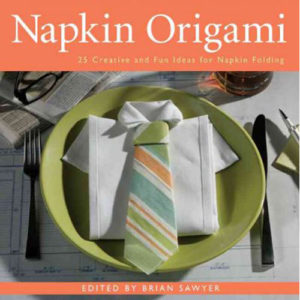
|
Brian Sawyer’s Napkin Origami (Sterling/Hollan, 2008) has instructions for folding dinner napkins into 25 different creative shapes, including hearts, rabbits, swans, ships, and ice-cream cones. |
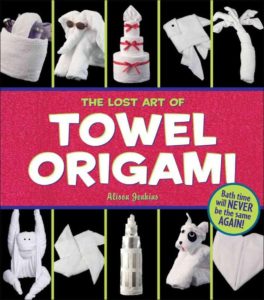 |
Alison Jenkins’s The Lost Art of Towel Origami (Andrews McMeel Publishing, 2005) has instructions for turning an ordinary bath towel (or towels) into everything from a birthday cake to an elephant. |
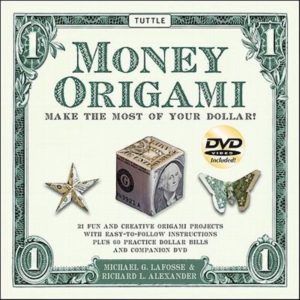
|
Michael LaFosse’s Money Origami (Tuttle Publishing, 2009) has 21 origami projects that can be made from a dollar bill (or bills), among them a star, a butterfly, a jumping frog, a wheel of fortune, and an airplane. The book comes with dollar-like practice sheets. |
MATHEMATICAL ORIGAMI
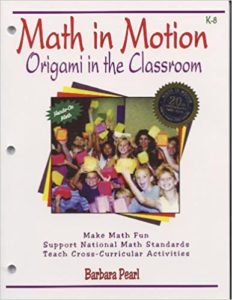
|
Barbara Pearl’s Math in Motion: Origami in the Classroom (Crane Books, 2008) is a 120-page resource guide for grades K-8, stuffed with approaches and activities for teaching math through origami. Included are basic instructions, lesson plans, and cross-cultural enrichment activities (bake fortune cookies, write haikus, learn to count in Japanese). |
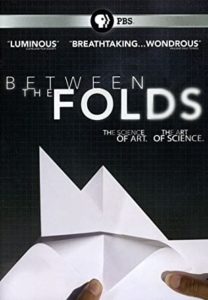 |
From the PBS Independent Lens series, Between the Folds, directed by Vanessa Gould, is a one-hour documentary about modern scientists, artists, and mathematicians using origami in new and incredible ways. The website has information about the film, a history of origami, and a folding game. |
| Six business cards + five minutes = a cube. See How to Make Business Card Cubes for instructions. | |
| Assemble 66,048 business-card cubes and you can make the spectacular 3-D fractal known as a Menger Sponge. Read about it (and see one) at the Institute for Figuring’s Fractal Fragments. | |
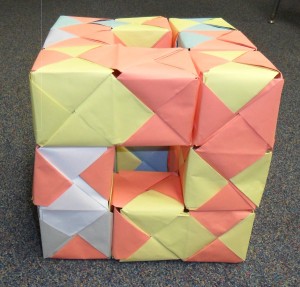 |
See a fabulous sixth-grade Menger Sponge project using folded paper cubes. |
| Easy Origami Cube has a nice set of instructions for making paper cubes of your own. |
|
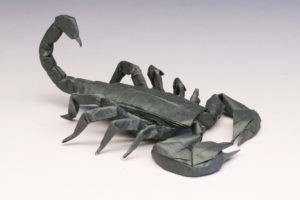 |
The website of physicist/master origami artist Robert J. Lang has an art gallery, information on uses of origami in math and science, and a publications list. Works include Lang’s famous Black Forest cuckoo clock, a 16-foot Pteranodon, a musician playing the organ, and much more, all mindboggling. |
| Also see Lang’s 18-minute TED talk on origami. | |
| For more on Robert Lang and his sophisticated origami, see Susan Orlean’s The Origami Lab in the New Yorker. | |
| From Smithsonian magazine, see Beth Jensen’s account of origami, Into the Fold. | |
| Akira Yoshizawa: Why Origami Matters is a short article on the scientific and mathematical uses of origami, with information on Japanese origami artist Akira Yoshizawa who invented the notation system of lines, dashes, and arrows commonly used for origami instructions. | |
| Doodle is a descriptive computer language for generating origami paper-folding diagrams. (Invent your own!) Available for Windows, Linux, or Solaris. |
Origami and Robots
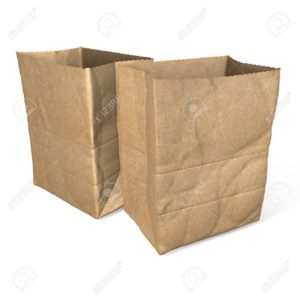 |
At Engines of Our Ingenuity: Paper Bags, John Lienhard discusses origami, robotics, and the history of the brown paper bag. |
| Self-folding origami. Researchers at Harvard and MIT have devised a flat sheet of glass fiber and foil alloy that can fold into shapes on its own. Check it out here. |
|
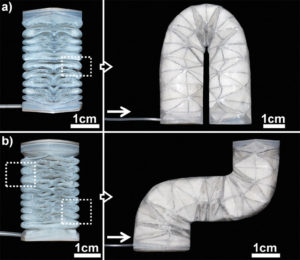 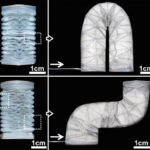 |
Learn about air-powered origami “soft robots”. |
| Watch a surgeon-operated medical robot fold a very tiny paper airplane. | |
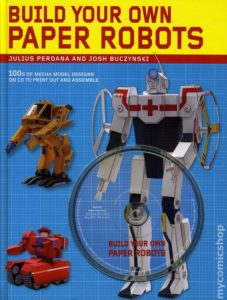 |
Build Your Own Paper Robots by Julius Perdana and Josh Buczynski (St. Martin’s Griffin, 2009) is a book/CD combo with instructions and templates for building 12 different model robots. For older papercrafters. |
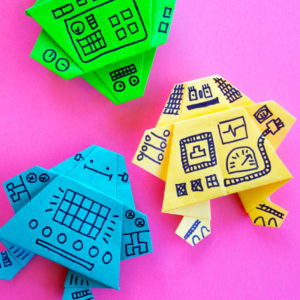 |
See How to make origami robots for younger kids. |
MOLECULAR ORIGAMI: BUCKYBALLS TO DNA
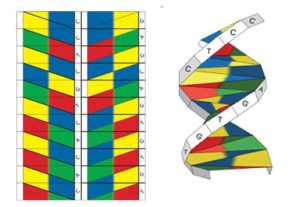  |
Origami DNA is an activity for ages 10 and up in which kids make paper models of the DNA double helix. Printable templates are available at the site. |
 |
Buckyball Origami is a video with step-by-step instructions for making an incredible paper buckyball.
Learn all about fullerenes – the soccer-ball-shaped carbon molecules nicknamed “buckyballs” – at Buckyball: The Magic Molecule. |
| Race to Catch a Buckyball has instructions and a printable template for building a paper buckyball. | |
| From the Institute for Chemical Education, see the Exploring the Nanoworld Kit, which comes with an informational booklet and assorted activities for high-school-level students. | |
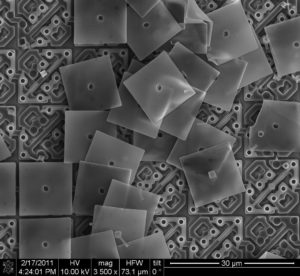 |
From National Geographic see Nano World Revealed, a great collection of images and suggested activities for grades 9 and up. |
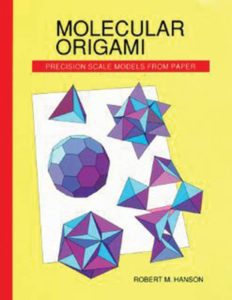
|
Robert Hanson’s Molecular Origami (University Science Books, 1996) has tear-out-and-assemble models for 124 different molecules, from ozone and water to buckyballs. It’s not origami precisely – there’s a lot of cutting and calls for tape – but it looks like an interesting activity for high-school-level chemistry students. |
| Bioengineering: What to Make with DNA Origami is a reader-friendly account of the real possibilities for this new nanofolding technique. | |
| DNA origami is a little like…Legos. See Nanomanufacturing Using DNA Origami from Science Daily. | |
| See DNA researcher Paul Rothemun’s TED talk on DNA origami. |
